Thuringia features castles, monasteries and museums. The region contains castle ruins in forests, medieval fortresses on hills and Renaissance palaces with gardens. Underground caves, technical museums and botanical gardens complement the cultural offerings. The architecture spans from Romanesque churches to Baroque buildings.
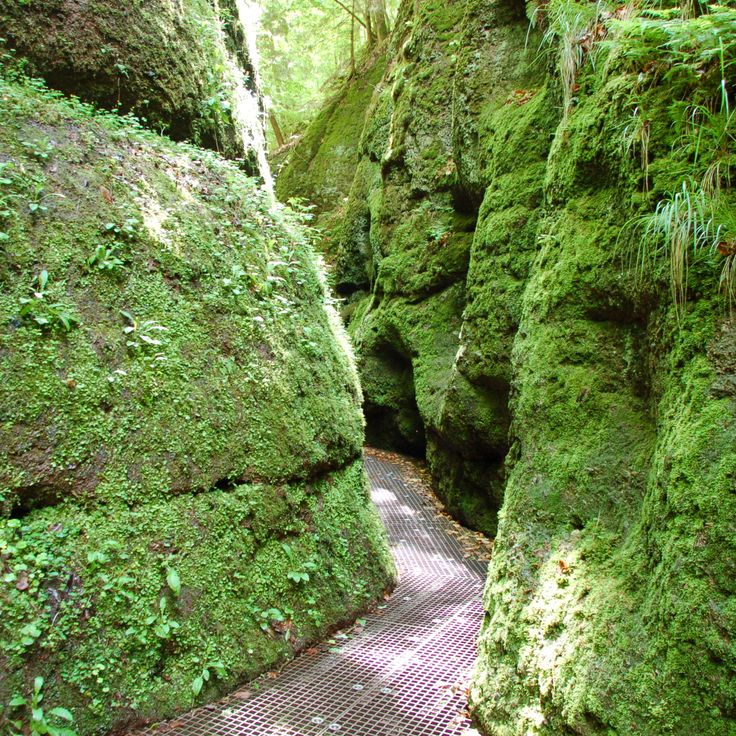
Eisenach, Germany
The gorge measures only 68 centimeters at its narrowest point. Wooden walkways lead through rocks covered with green moss.
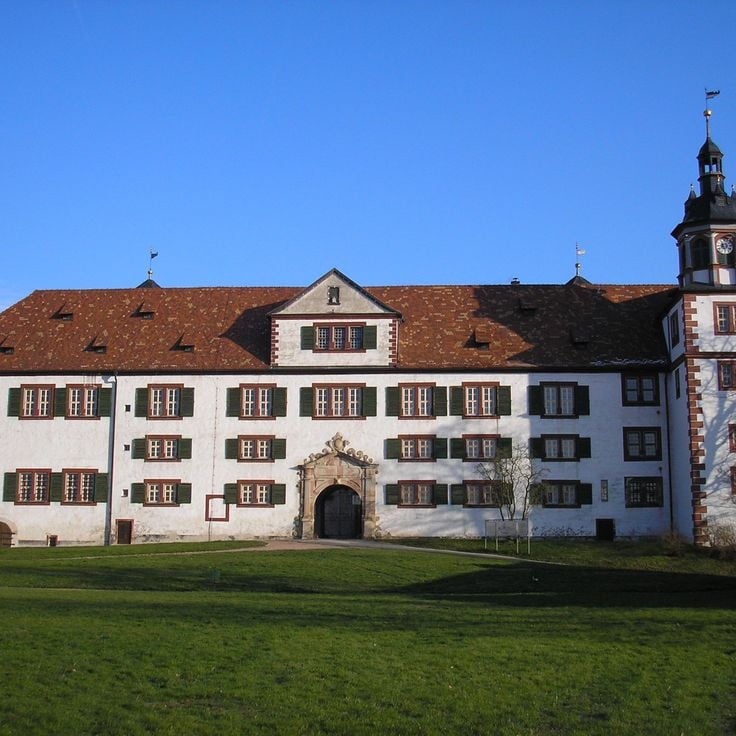
Schmalkalden, Germany
16th century Renaissance fortress with original interior furnishings. The castle grounds include herb gardens and geometric flower beds.
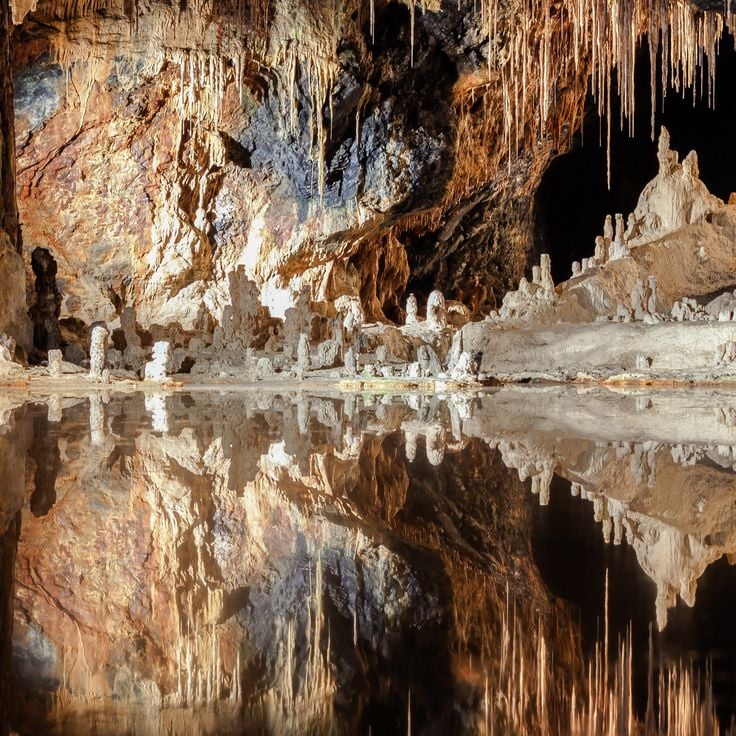
Saalfeld, Germany
Former alum shale mine with mineral deposits in various colors. The caves extend across multiple underground levels.
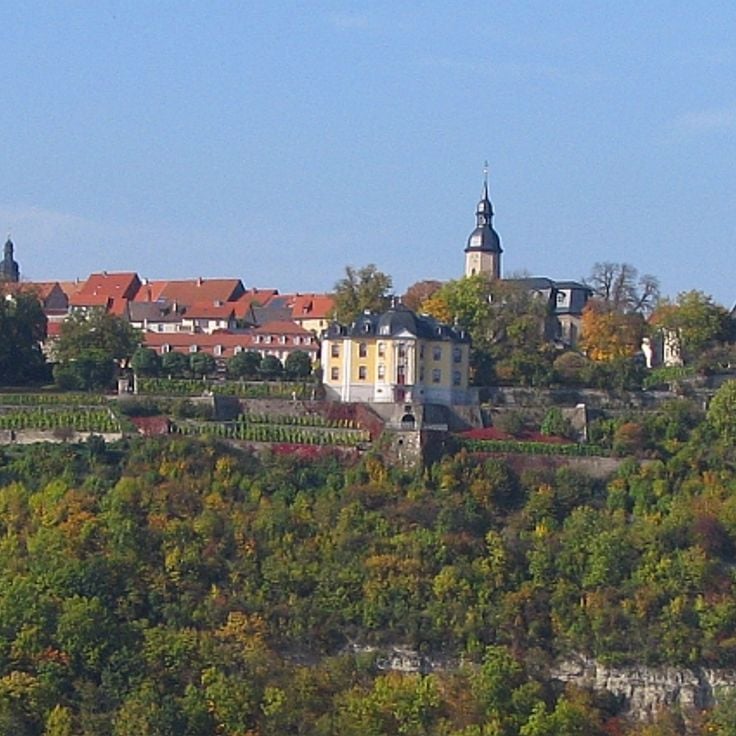
Dornburg-Camburg, Germany
Three castles from different periods on a limestone cliff above the Saale Valley. They represent Renaissance, Rococo and Classical architecture.
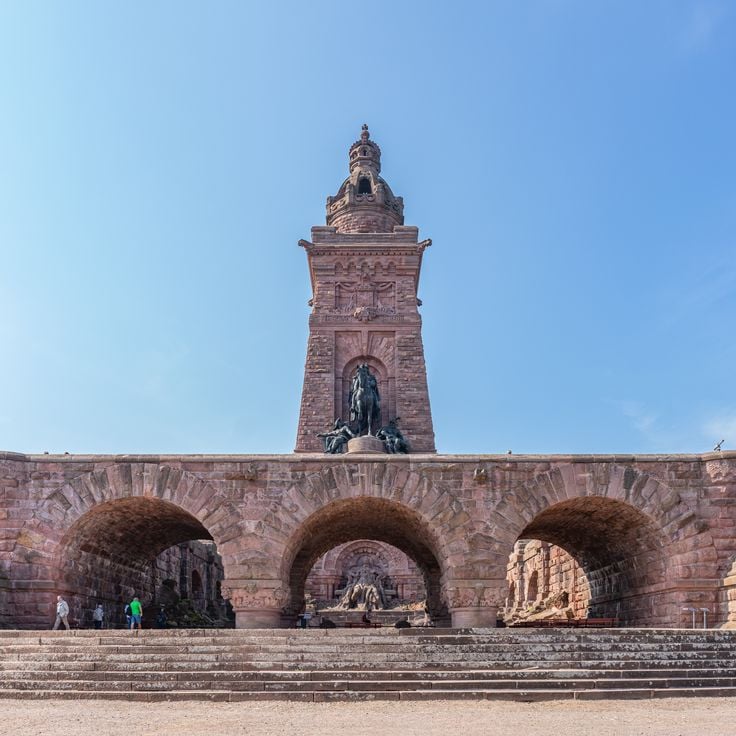
Kyffhäuserkreis, Thuringe, Germany
An imposing monument perched on the Kyffhäuser mountain range, steeped in legend and history.
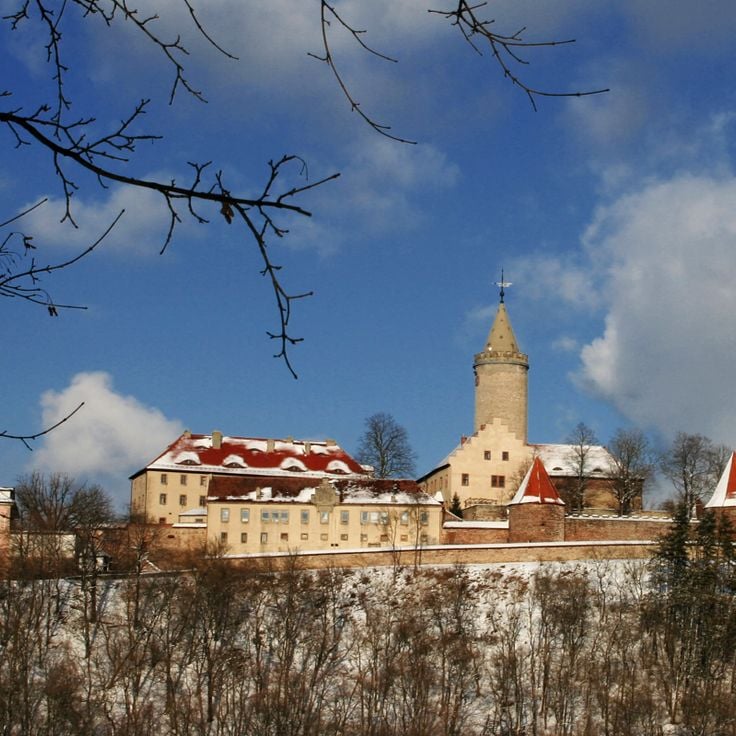
Seitenroda, Thuringe, Germany
Often referred to as the 'Queen of the Saale Valley', this hilltop castle offers breathtaking views and a porcelain museum.
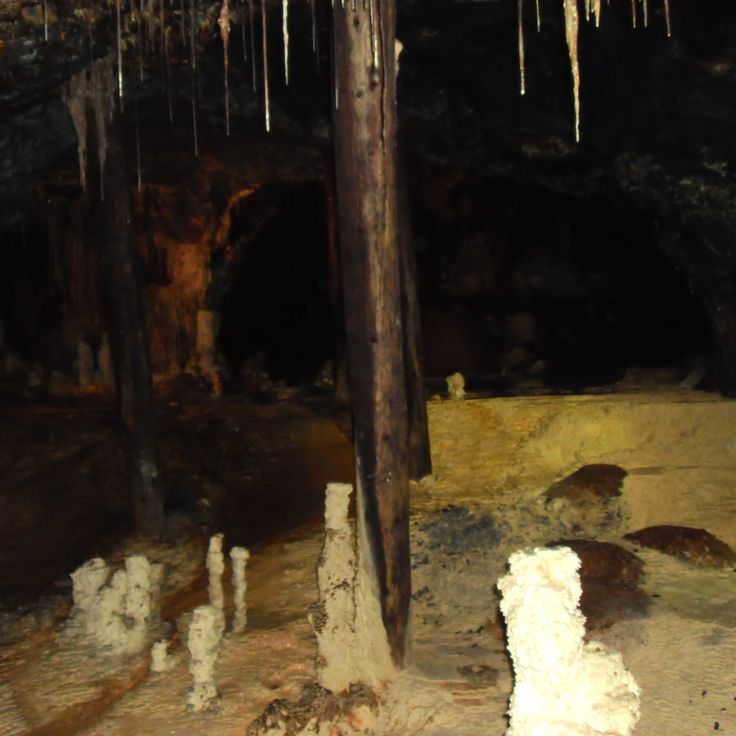
Schmiedefeld, Thuringe, Germany
Historical show mine known for its healing microclimate and vibrant underground galleries.
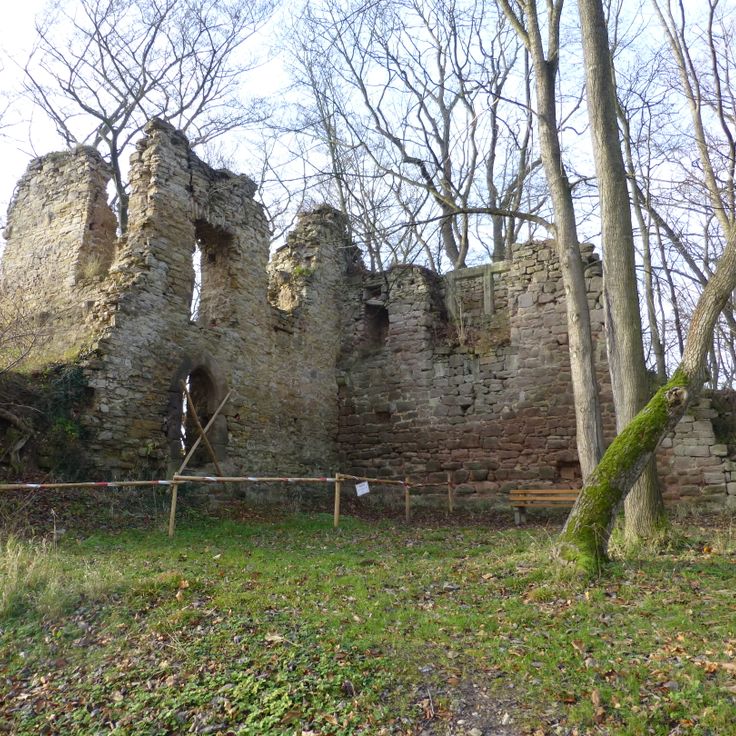
Bad Liebenstein, Thuringe, Germany
Rustic remains of a once-grand castle, with panoramic vistas and romantic woodland trails.
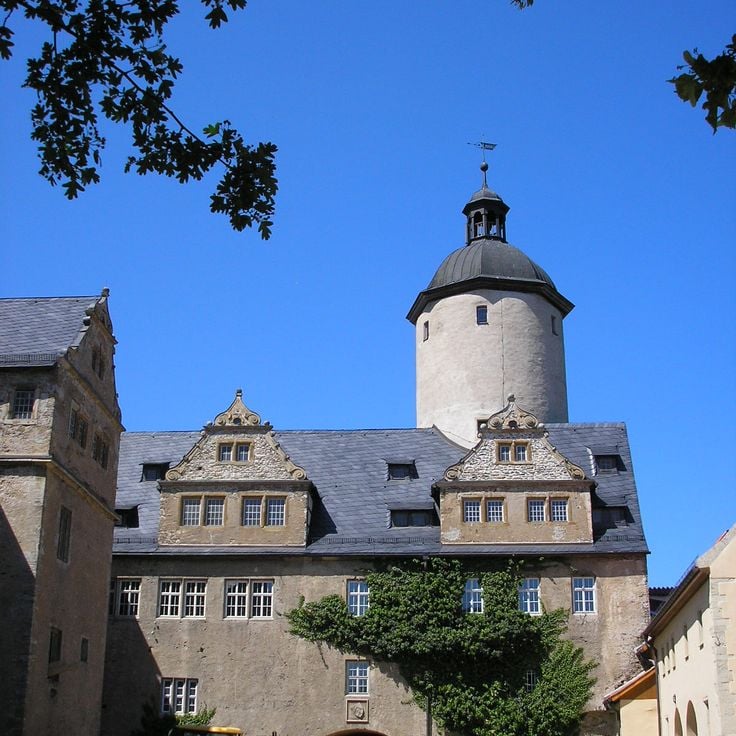
Ranis, Thuringe, Germany
An evocative hilltop fortress with a rich tapestry of tales, from medieval knights to literary lore.

Oberweißbach, Thuringe, Germany
A historic funicular railway cutting through the scenic landscapes of the Thuringian Forest.

Nordhausen, Thuringe, Germany
An Art Nouveau villa turned museum showcasing an eclectic mix of regional art, crafts, and history exhibits.
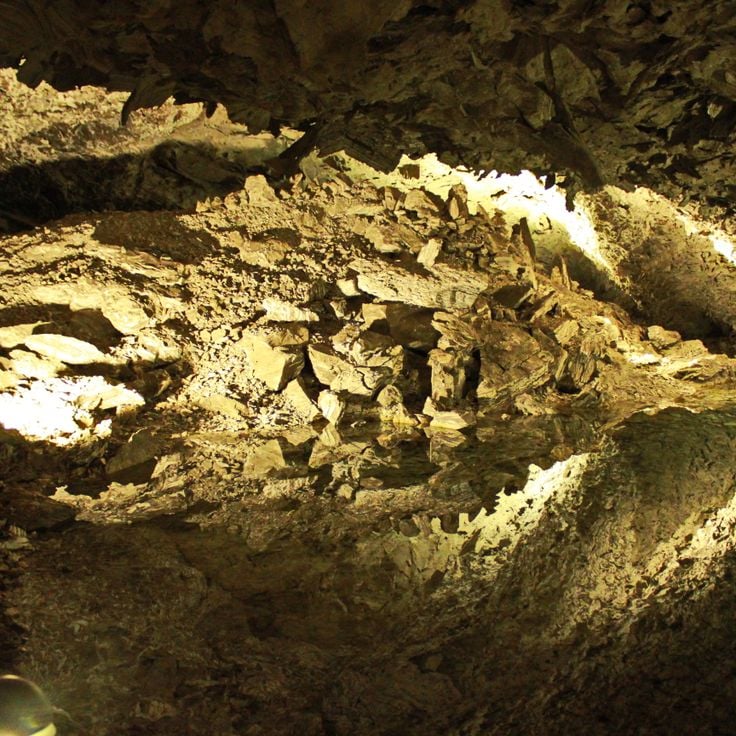
Rottleben, Thuringe, Germany
An underground limestone cave connected to Emperor Barbarossa's legend, featuring crystal-clear lakes.
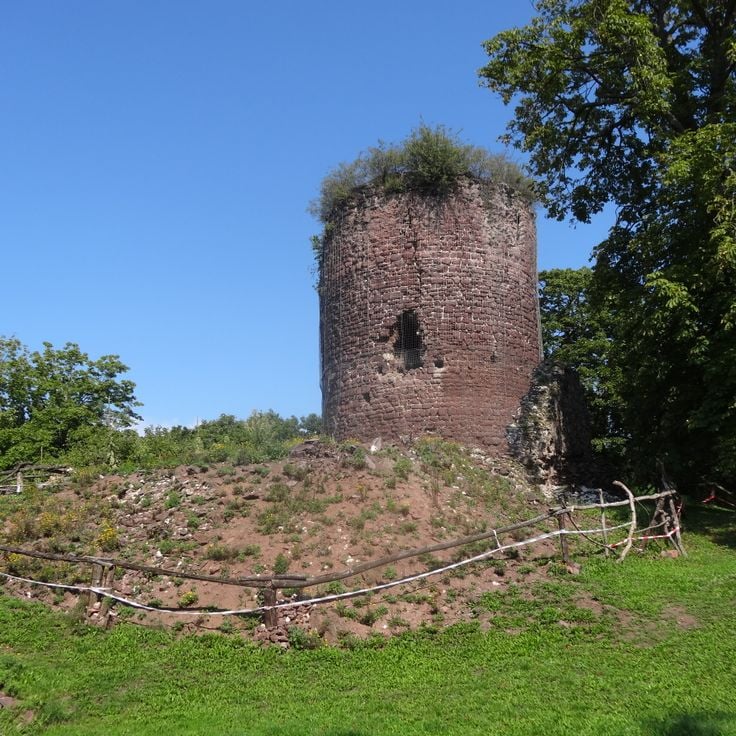
Rhön, Germany
The fortress remains from the 12th century stand on a basalt cone and provide a view across the Rhön Mountains.
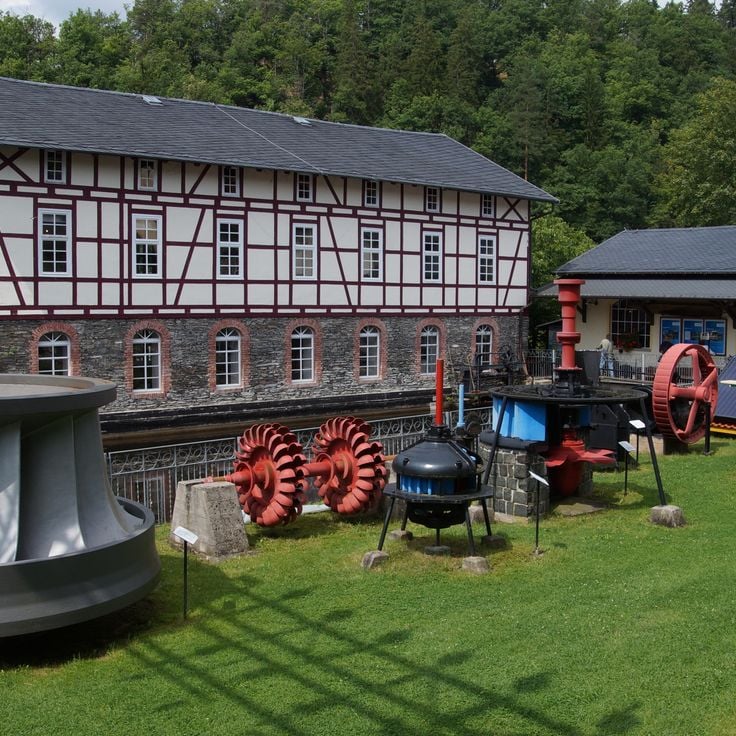
Ziegenrück, Germany
The museum displays the technical evolution of hydroelectric power from 1900 to present with original machines and interactive exhibits.
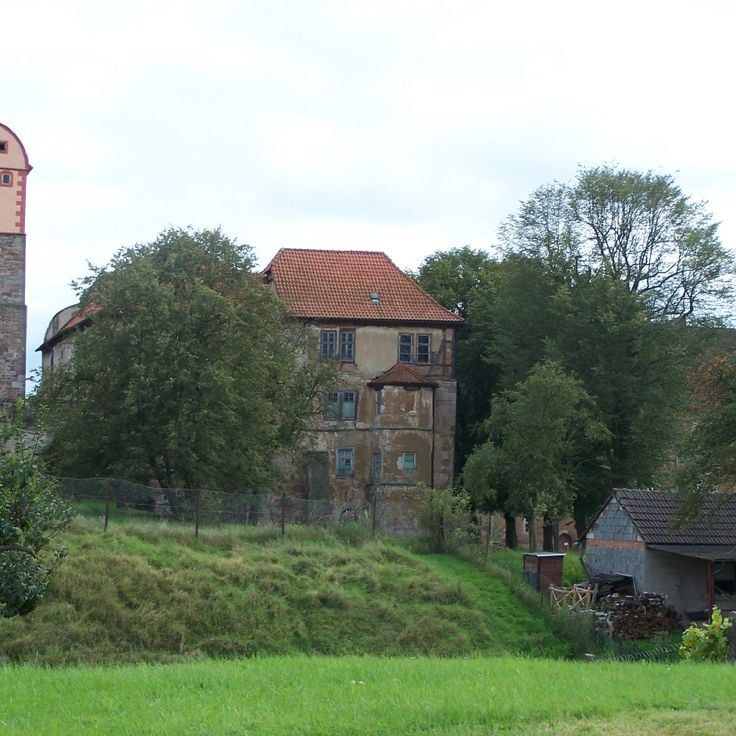
Breitungen/Werra, Germany
The 16th-century moated castle combines Renaissance and Baroque elements and now houses a museum of regional history.
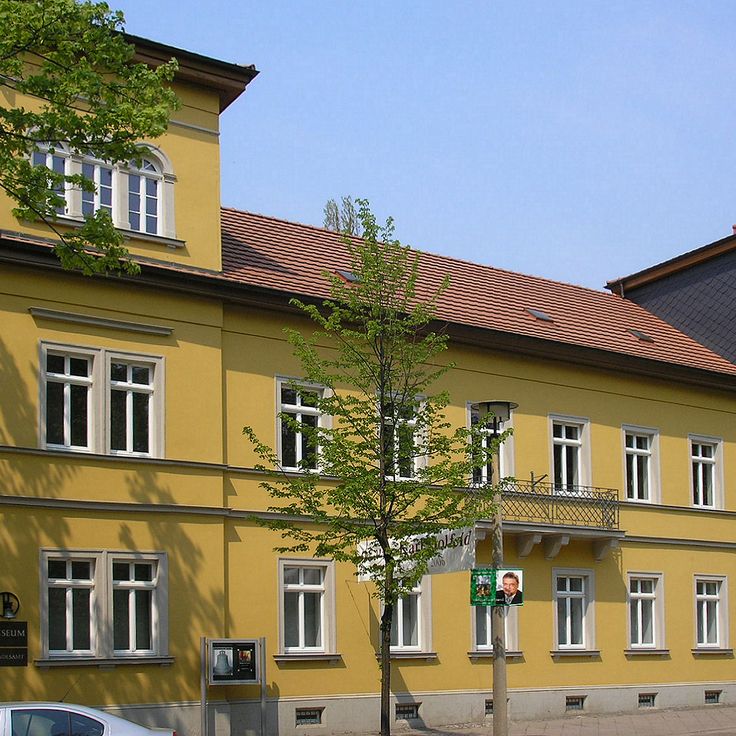
Apolda, Germany
The museum documents 400 years of bell production with molds, tools and sound samples from Apolda's foundry tradition.
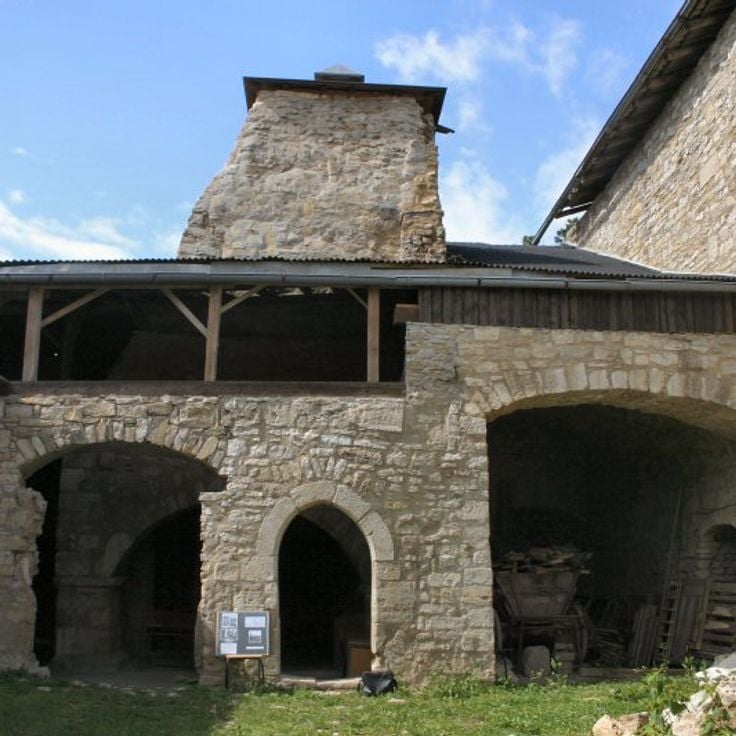
Straussberg, Germany
Medieval walls and defense structures stand on a hill in the Harz mountains overlooking the valley.
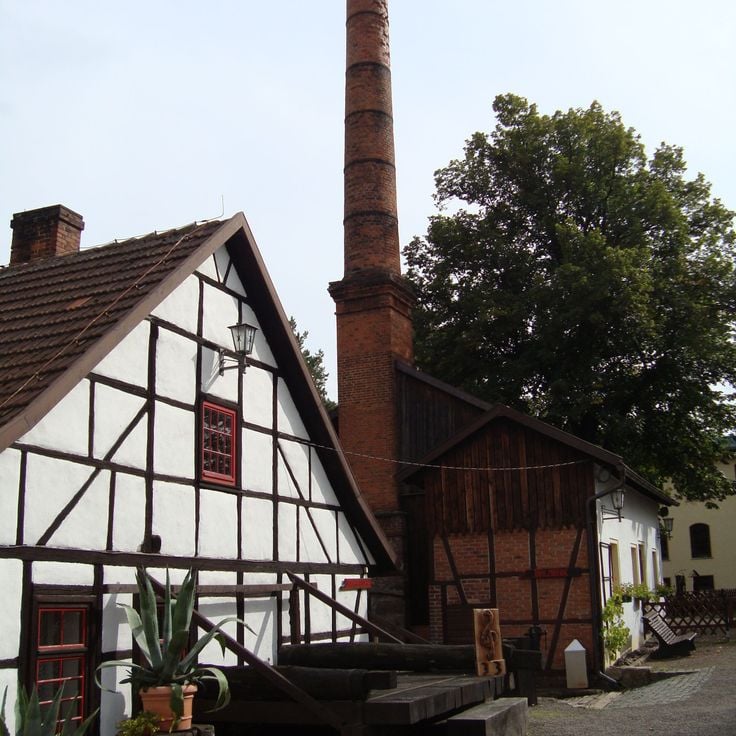
Ohrdruf, Germany
This 18th century industrial facility displays original forging hammers and water wheels in their original function.
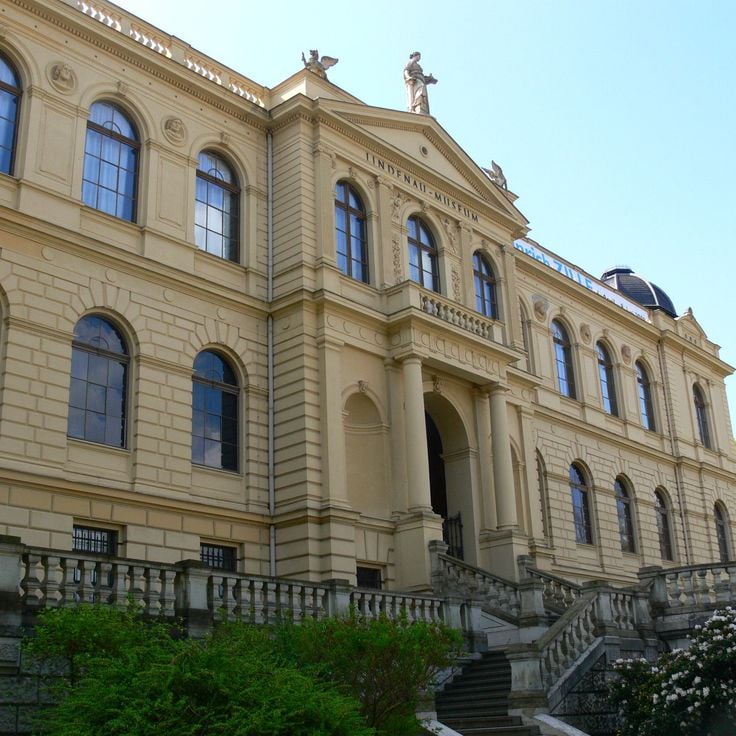
Altenburg, Germany
The museum contains 180 Italian paintings from 1300 to 1500 and ancient vases.
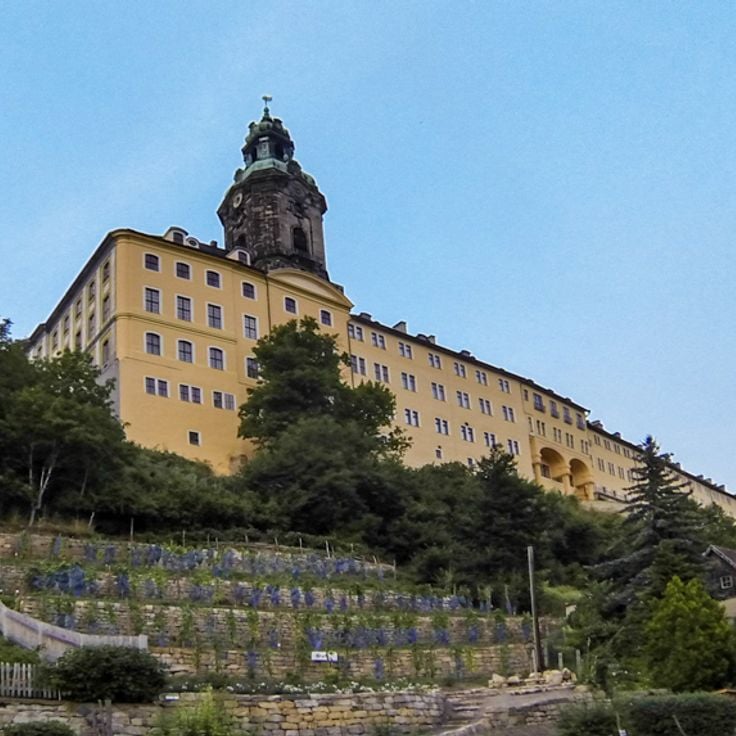
Rudolstadt, Germany
The residence displays Rococo interiors with original furniture, a weapons collection and a natural history museum.
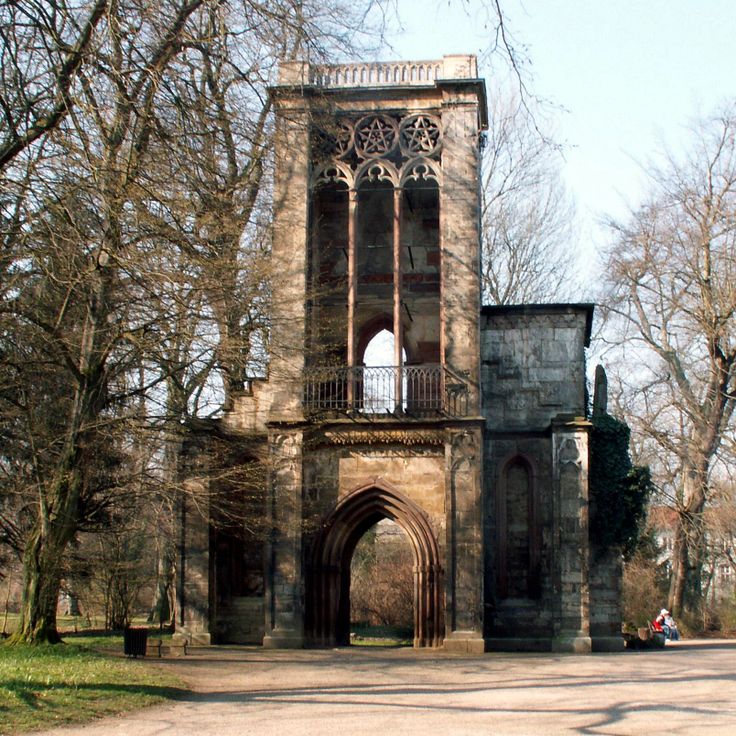
Weimar, Germany
Historical exhibition with models and scenes showing the city development from medieval times to the present.
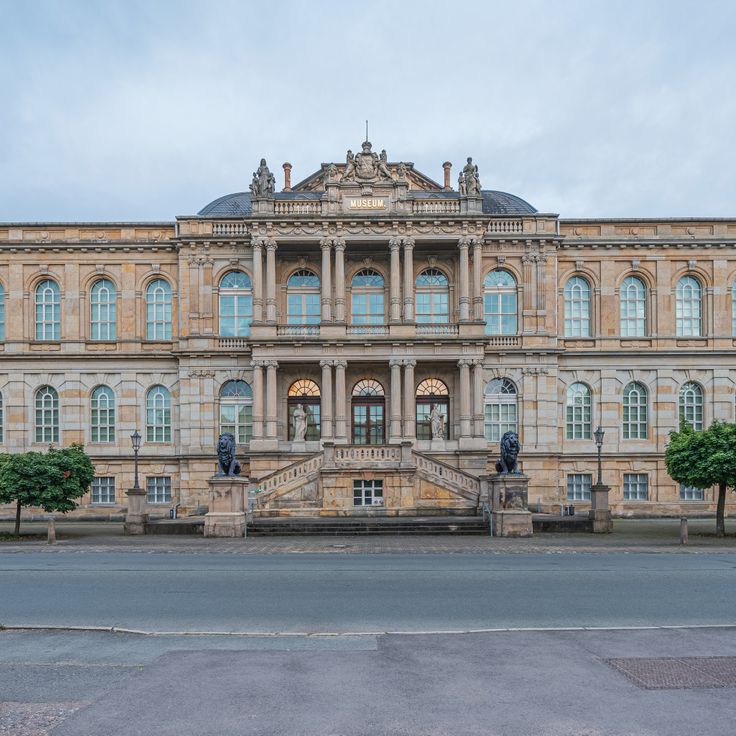
Gotha, Germany
Neoclassical building with collections of Egyptian art, European paintings and scientific objects from the 17th century.
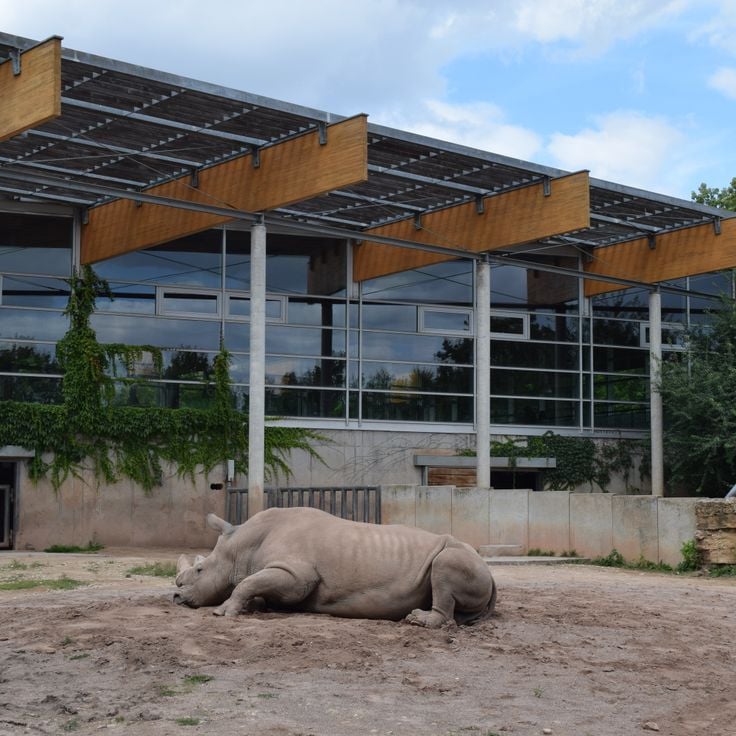
Erfurt, Germany
Zoological garden with 3500 animals from 160 species on 63 hectares of land, with sections for African and Asian animals.
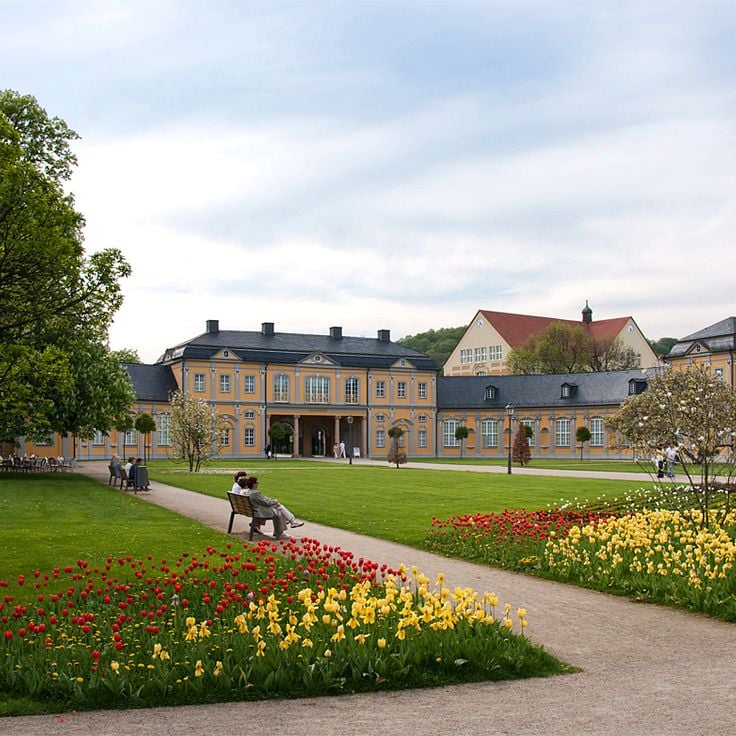
Gera, Germany
Baroque building from the 18th century with garden and art gallery showing contemporary exhibitions.
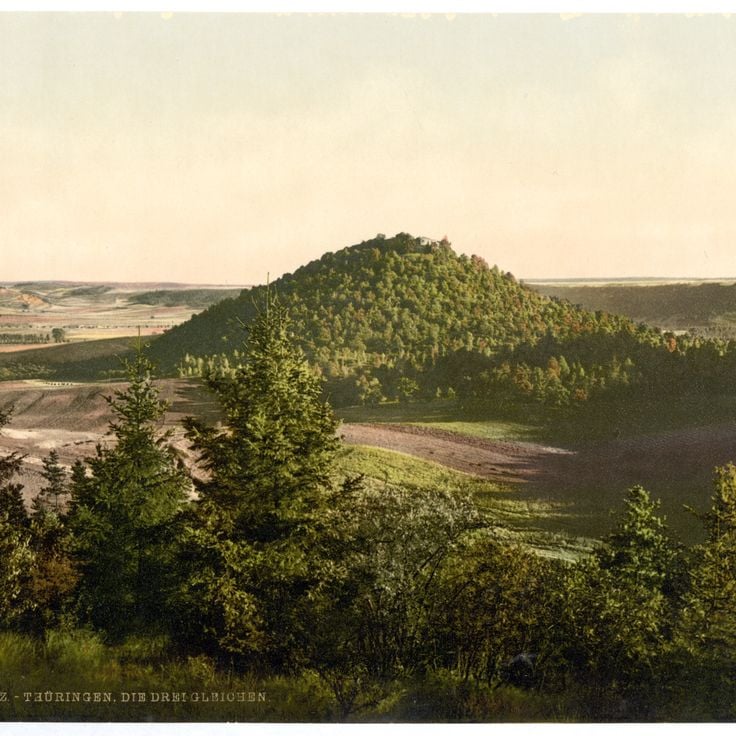
Drei Gleichen, Thuringia, Germany
These three 12th century castles stand on hills and provide observation points over the region.
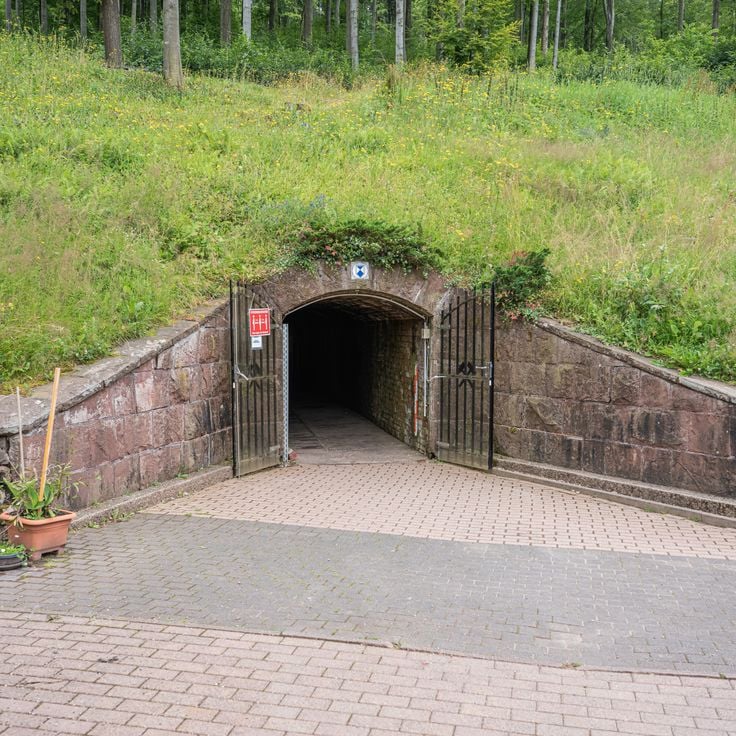
Friedrichroda, Thuringia, Germany
This cave displays gypsum formations and contains a museum about the historical mining of the region.
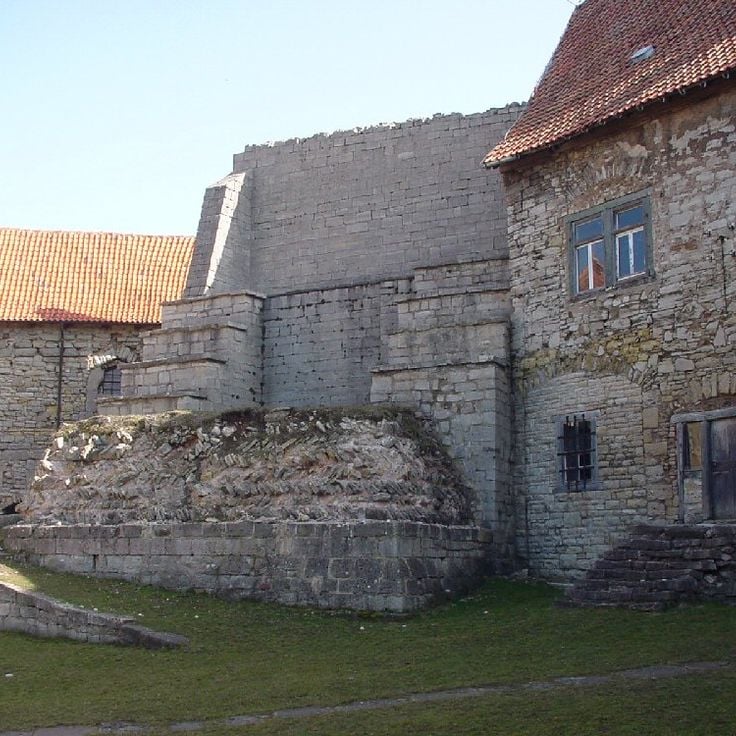
Großlohra, Thuringia, Germany
The ruins of this 13th century castle include a 40-meter high keep and remains of defensive walls.
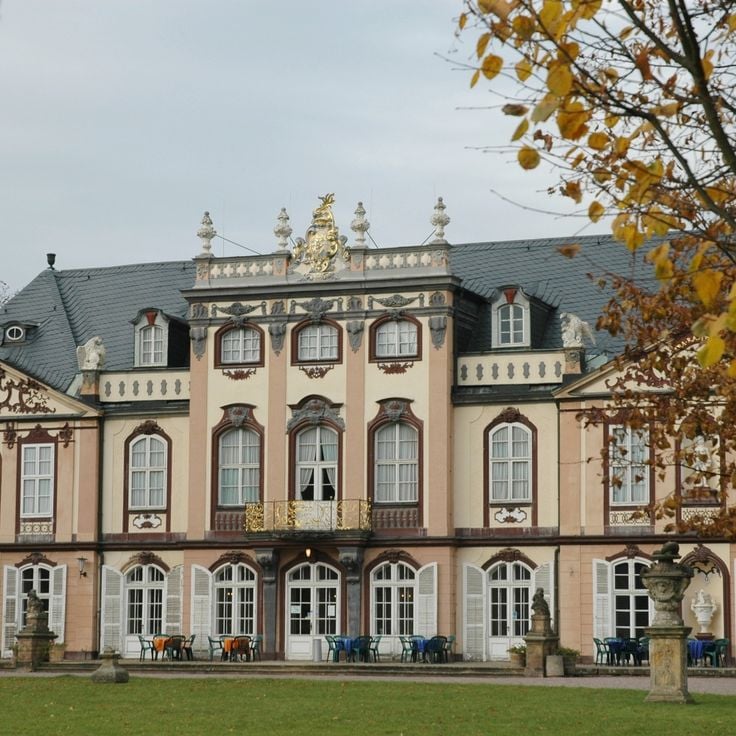
Molsdorf, Thuringia, Germany
This 18th century Rococo palace contains original furniture and a French garden with fountains.
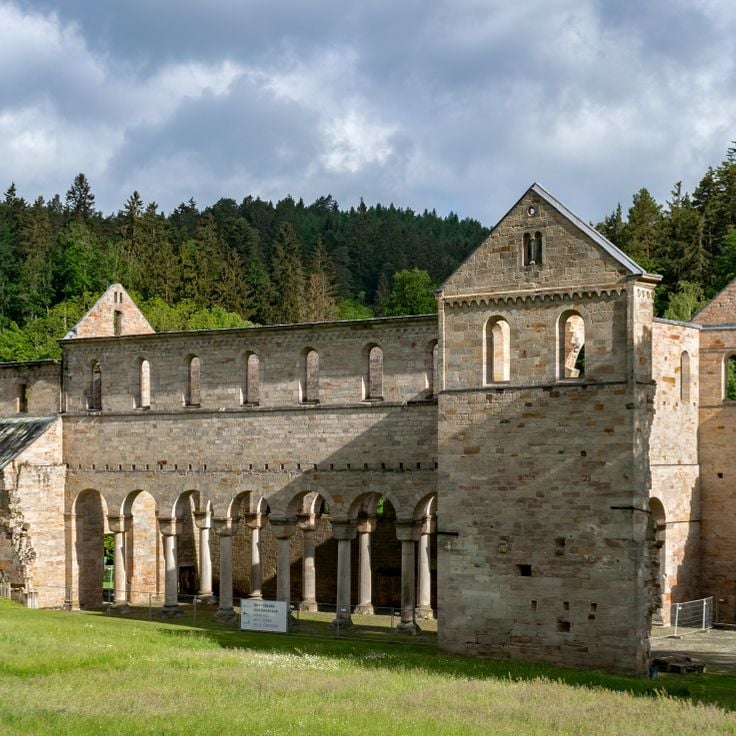
Paulinzella, Germany
This 12th century Romanesque monastery church retains its original columns and arches within the forest setting.
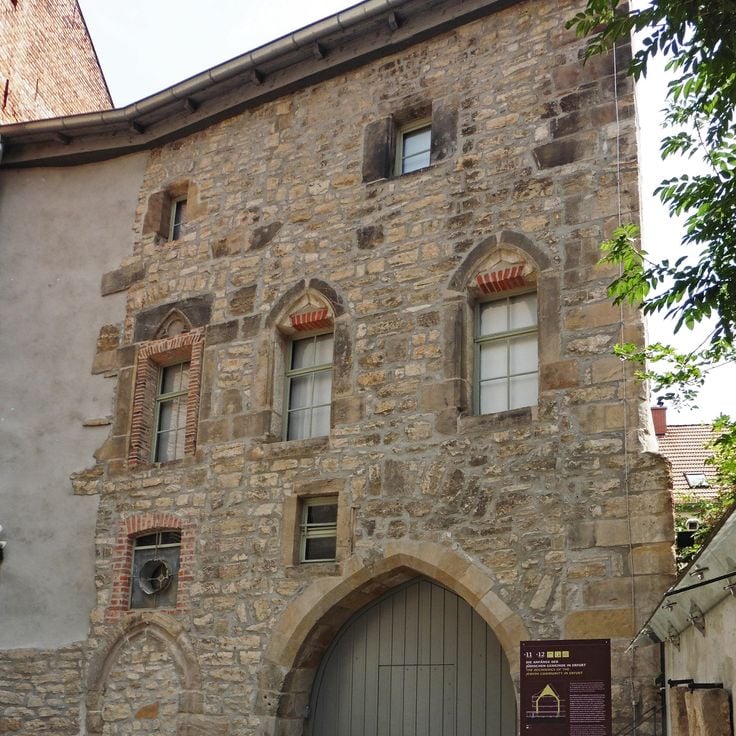
Erfurt, Germany
This 11th century synagogue houses medieval Jewish manuscripts and the Erfurt Treasure containing gold and silver jewelry.
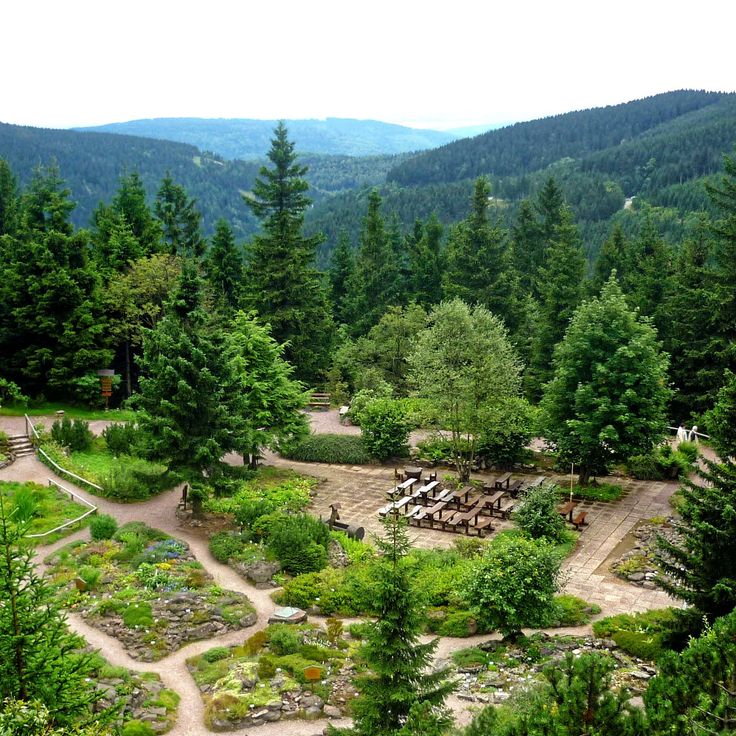
Oberhof, Germany
The garden at 868 meters altitude presents over 4000 plant species from mountain regions of the northern hemisphere.
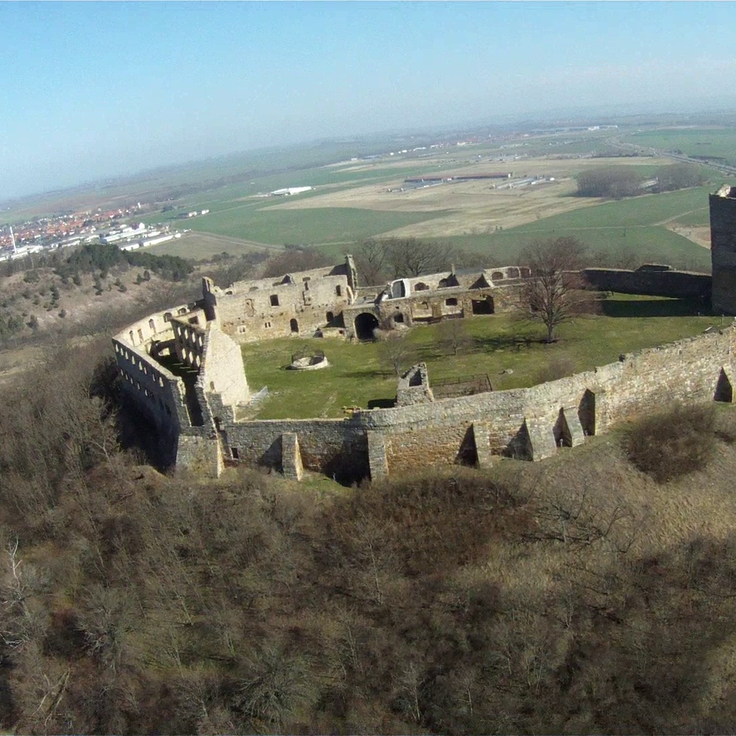
Wandersleben, Germany
The 12th century fortress stands on the historic Via Regia trade route and displays medieval defensive architecture.
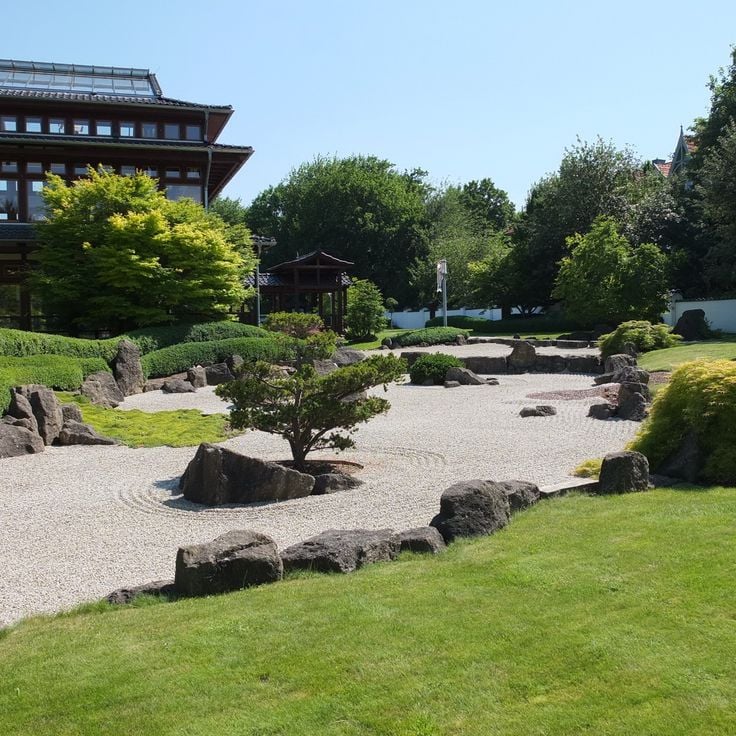
Bad Langensalza, Thuringia, Germany
The garden features traditional Japanese design elements with ponds, bridges, stone lanterns and typical plants across 2 hectares.

Elgersburg, Thuringia, Germany
The medieval fortress at 500 meters altitude offers a panoramic view of the Thuringian Forest and contains a museum of regional history.
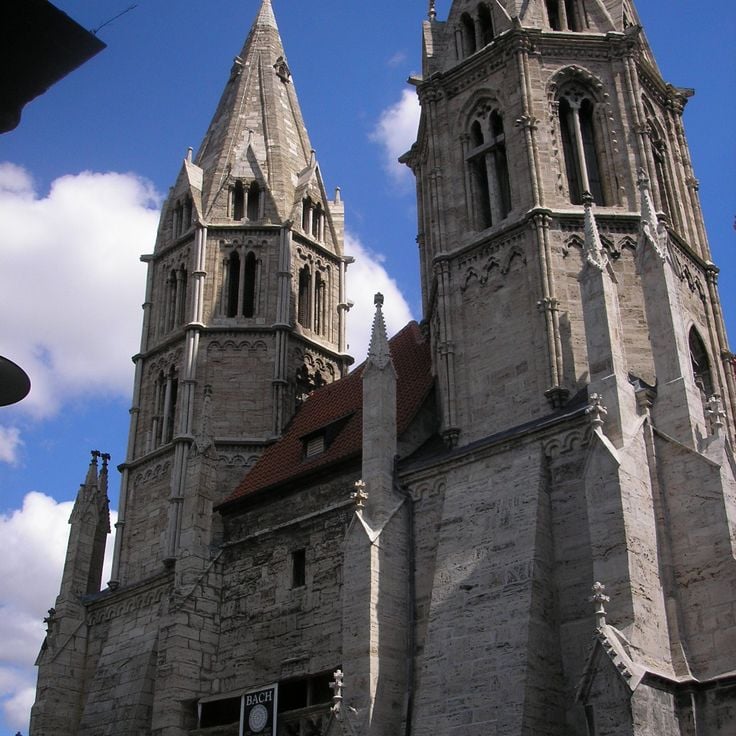
Mühlhausen, Thuringia, Germany
The 13th-century Gothic church contains the original organ where Bach served as organist from 1707 to 1708.
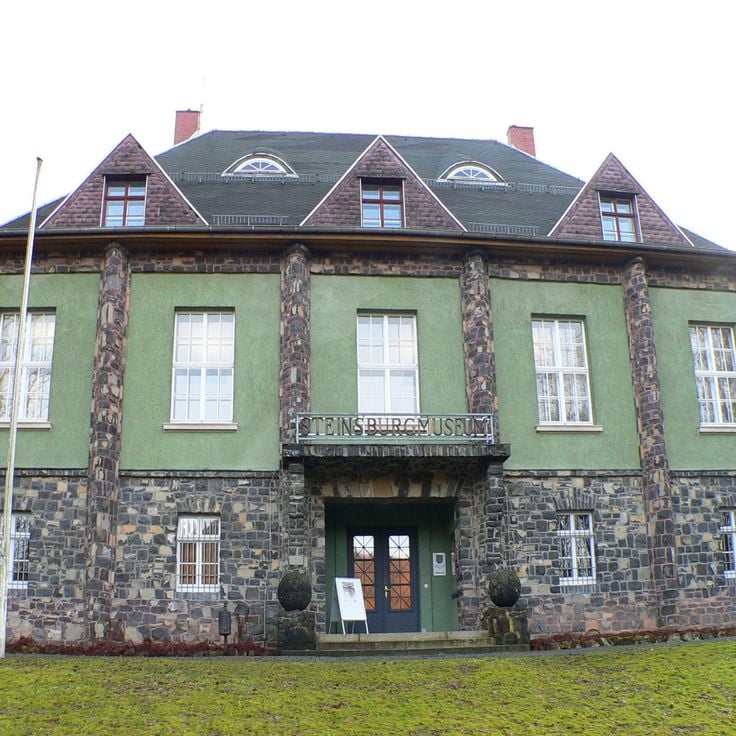
Römhild, Thuringia, Germany
The museum documents the history of the Celtic settlement with Iron Age artifacts and shows the development of the region.